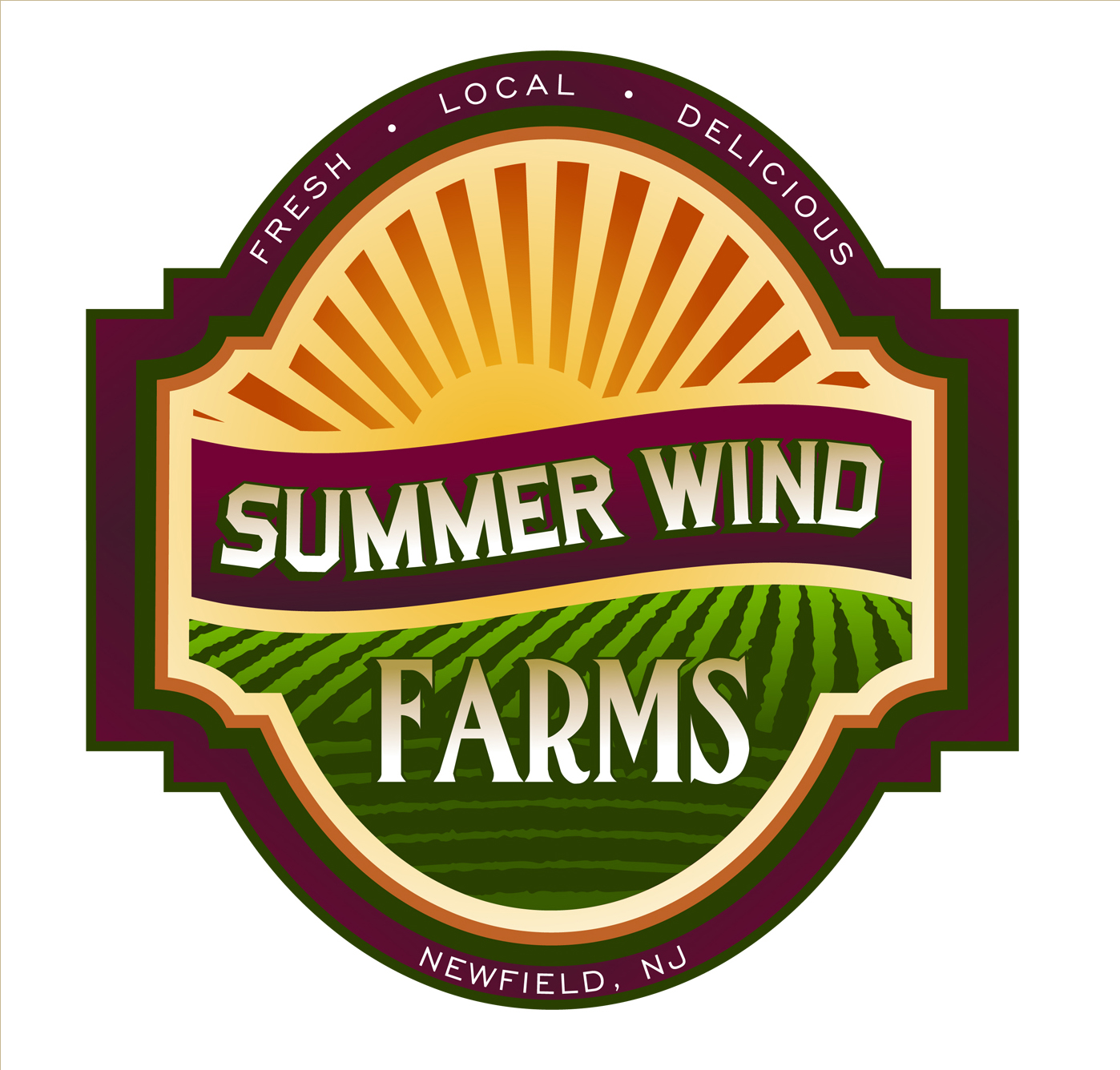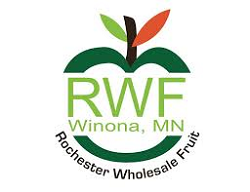On National Stop Food Waste Day, the spotlight is on solutions that can make a measurable difference — and Simbe says its Tally robot is doing just that.
Each year, U.S. retailers throw away more than 16 billion pounds of food — much of it due to poor shelf visibility and inventory gaps. Simbe says it is tackling this hidden crisis with Tally, its autonomous shelf-scanning robot that gives grocers real-time insights into product availability, freshness and stock levels.
By delivering an improvement of 8.5-times in shelf visibility, Tally is transforming how grocers monitor perishables, reduce waste and run more efficient stores — from major chains to small independents. As the industry faces growing pressure to become more sustainable and cost-efficient, Tally offers a scalable solution that could reshape the future of grocery retail.
New data from Simbe paints a powerful picture of how Tally could help eliminate up to 88% of retail food waste, potentially preventing 2.3 million tons of discarded food annually across the U.S. and reducing greenhouse gas emissions by 6.15 million metric tons of CO₂e.
In the U.S. alone, roughly 30% of food in grocery stores goes to waste, with retailers discarding around 16 billion pounds each year. Industry research shows that perishable departments — such as fresh produce, bakery items and dairy — typically experience higher rates of food waste due to their shorter shelf lives, which present greater sustainability challenges than shelf-stable grocery items.
Recent data collected by Simbe between March 30 and April 5 revealed that, on average, Tally detected:
- 740 out-of-stock events per store per day.
- 106 low-on-shelf events per store per day.
- 846 total daily restocking opportunities per store per day.
This represents an improvement of 8.5-times in shelf visibility compared to manual inventory scans, which can detect as few as 100 out-of-stock items per day, speeding and optimizing product replenishment, the company says.
If this 8.5-times visibility improvement were applied nationwide, food waste in grocery retail could potentially drop from 30% to just 3.5% — an 88.3% reduction. The climate implications are significant:
- Potential to prevent 2.3 million tons of food waste annually.
- Reduction of 6.15 million metric tons of CO₂e emissions (USDA).
- Equivalent to taking over 1.3 million passenger vehicles off the road for a year.

The Packer spoke with Tom Gehani, Simbe's head of product to learn more about Simbe's role in reducing food waste and driving operational efficiency.
The Packer: Can you explain how Tally's technology helps grocers reduce food waste daily?
Gehani: Our goal is to increase visibility into on-shelf conditions for everyone that's involved in the retail supply chain, especially store associates, store managers and headquarters leaders.
Typically, the biggest cause of food going bad or needing to be thrown out is an excess amount compared to what was sold. And that can happen for two different reasons. One, you might have ordered the right amount to the store, but it never actually made its way out onto the sales floor. It was stuck in the back room or somewhere. Or two, you order too much to the store, and your shelves are full, but so is your back-room inventory.
Then, as a result, in either situation, you end up where perfectly good food is not sold to an end customer to be consumed, and then has to be thrown away.
So that divide, that understanding between is it actually available for a customer to buy on the shelf and do I have the right amount of it, is the real problem that Simbe and Tally are looking to tackle and help customers understand.
With retailers in the U.S. discarding 16 billion pounds of food annually, how does Tally specifically address the visibility gap that leads to so much waste, especially in perishable departments?
Gehani: I'll divide that into two parts — the perishable and the nonperishable parts.
In the nonperishable areas, what we found is that before retailers were using Tally, they normally had very manual, very human, intensive processes for checking shelf conditions. It's frequently someone's job to walk the store and scan every item to see if there is inventory in the back room to replenish onto the sales floor. At best, most retailers only accomplish that task once per week. What we found is retailers typically find in an average sized grocery store, about 100 items out on shelves per day.
When we put a Tally robot in and we're able to do that task every single day, multiple times per day, consistently, rain or shine, it never calls in sick, it never has a family emergency, it never has any issues — we typically see up to 740 not-on-shelf events per day, 106 low-on-shelf events, so inventory is sold down, leading up to about 846 stocking events per day. So that's an 8.5-times increase in the amount of opportunity to bring inventory from the back room onto the sales floor to be more likely to sell it before it expires or goes bad.
On the perishable side, we have a product that we call Tally 360 that allows managers and leaders in perishable departments to be able to physically see their perishable departments each day. It's a little bit like when you're buying a home, you might see a 360 view of the house. We're able to recreate that experience in perishable departments as well. So store managers will be able to see things like how full are my potatoes, my lettuce? How overstocked are they? How understocked are they? And how can I change restocking behavior that, again, allows me to be more likely to get the right inventory onto the sales floor in the right time before it expires and goes bad?
Any final thoughts about food waste?
Gehani: Our ultimate goal at Simbe is to create the single source of truth for on-shelf conditions. We've found that retailers have a ton of information about what comes into the store and what goes out of the store, but where the rubber meets the road is going to be: Is it on the shelf available for a customer to actually purchase? By bringing this level of visibility into your shelf conditions, your pricing conditions and your promo conditions, we maximize retailers' ability to get all of that great product that they're buying into customers' hands and ultimately out of a landfill.














